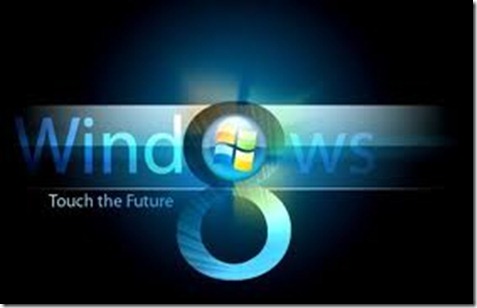
Windows 8 Server Hyper-V Replica
Posted on January 27, 2012 by TheStorageChap in Hyper-V, Microsoft, Replication
Over the past few days I have started to take a look at what Windows 8 Server and Desktop will mean for the data centre of the future. I will definitely be talking about this in the future, but one feature that has really got me thinking is the new Hyper-V Replica functionality.
Within the enterprise VMware has a large share of the server virtualization market, but it is claimed that VMware can be expensive <..tongue in cheek..>. As a result I have seen two behaviours:-
- Enterprise customers running VMware for tier 1 server virtualization and Hyper-V for tier 2 server virtualisation.
- Mid-Tier customers running Hyper-V for all server virtualisation
In both cases many customers have previously utilised products like VMware SRM or Microsoft Cluster Enabler (an EMC add-on) in partnership with products like EMC RecoverPoint to enable replication and failover, but these products add additional cost and arguably complexity ( a trade off against advanced features and functionality) to a solution.
Windows 8 Hyper-V Replica could be something of a game changer for many smaller organisations. It enables asynchronous, virtual machine replication, that is application consistent and provides a “Recover History” allowing a customer to select a number of hourly points in time to which they can roll back in the event of corruption. It also allows bandwidth constrained customers to seed the remote site with a replica of the VMs before starting synchronisation.
All of this sounds very similar to the functionality that RecoverPoint can offer across all open systems operating systems and applications, but the point about Hyper-V Replica is that it is included in the cost of Windows 8 Server, you deploy Windows 8 and Hyper-V, and you have the capability to construct a pretty resilient infrastructure.
So will EMC RecoverPoint continue to have a play in some of these environments? The simple answer is yes. RecoverPoint, as well as offering support for more than just Microsoft, can enable a much more granular recovery capability, compared with the hourly points in time available in Hyper-V replica, synchronous replication and advanced bandwidth reduction and de-duplication techniques to enable replication over low bandwidth connections. All of which is appliance based and managed centrally, so that it does not consume host CPU cycles.
All of the old arguments about host based solutions and needing a centralised point of control for replication and recovery control are still valid in larger organisations with multiple operating systems and requirements, but there are a large number of companies with a Microsoft only infrastructure who will happily suffice with the new functionality provided by Windows 8.
Discussion · No Comments
There are no responses to "Windows 8 Server Hyper-V Replica".No one has posted a comment on this post yet. Start the discussion!
Leave a Comment